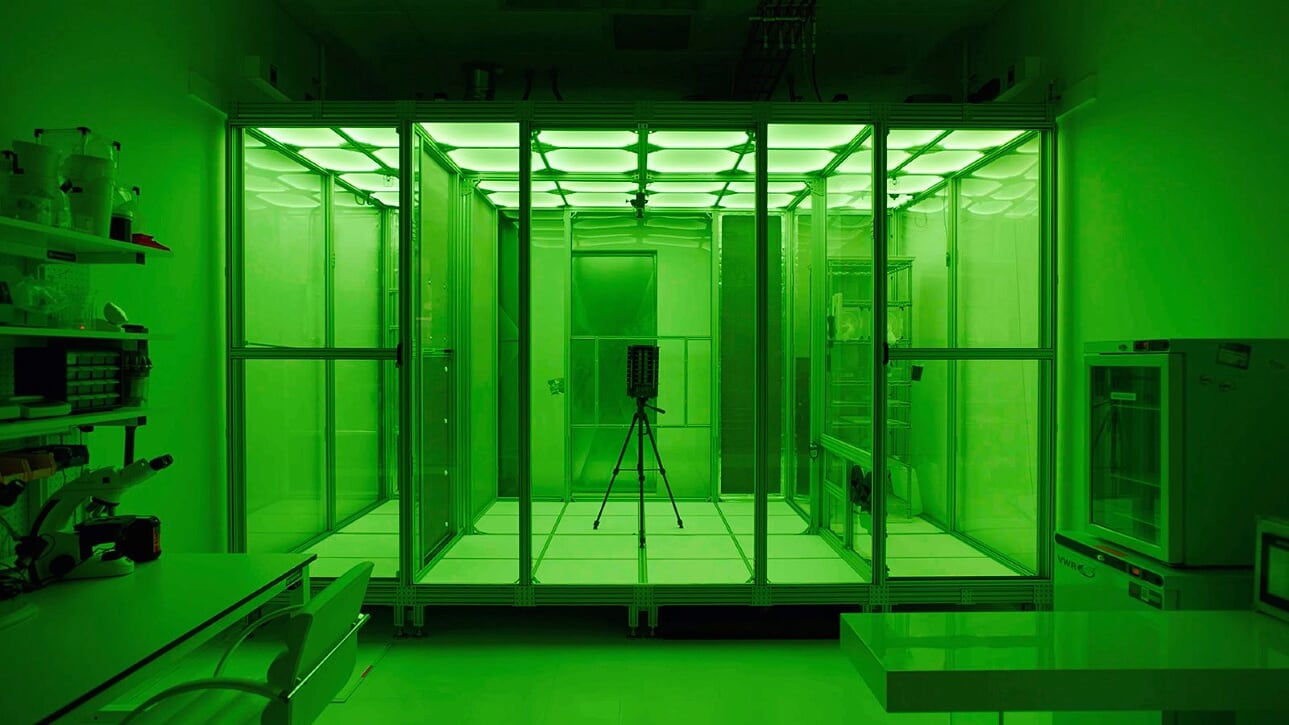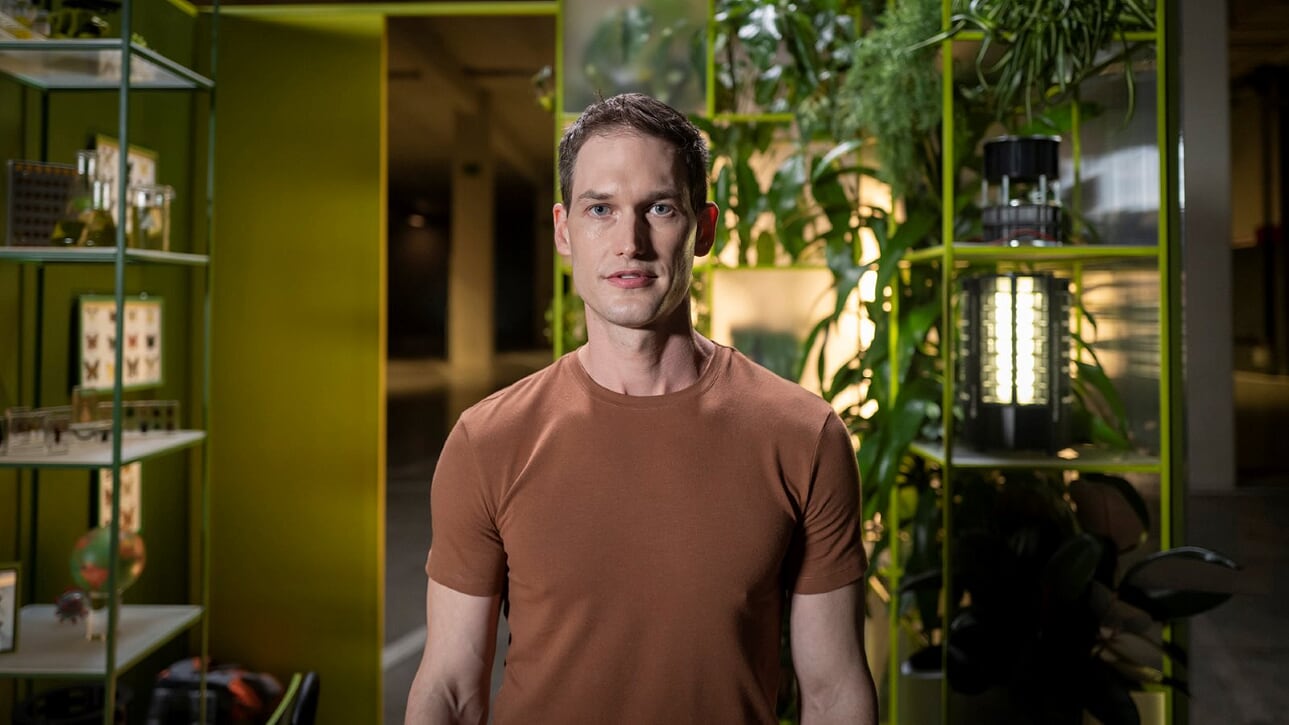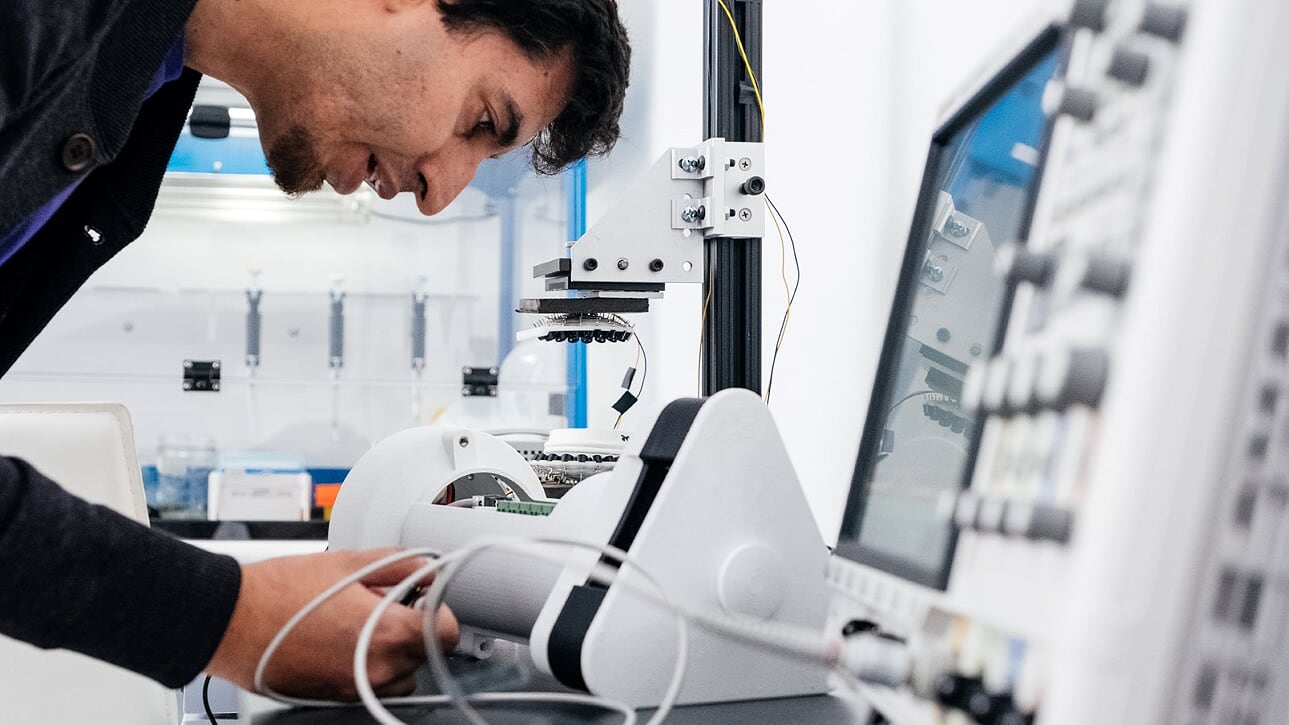
Predicting epidemics like the weather: How Microsoft Premonition can help in the global fight against disease outbreaks
“What’s the weather like outside?”
It’s a simple question, that we don’t think twice about. Our smart assistants, phones or a simple internet search can answer it. But it actually takes a global sensor network of weather stations, advanced data analytics and modern supercomputers to make these predictions.
Microsoft Premonition envisions doing the same for predicting the distribution and evolution of microbes, viruses and disease-carrying animals in the Earth’s biome, or the life around us. If the biome could be monitored like the weather, environmental pathogens might be detected earlier and outbreaks predicted before they cause large epidemics.
Today, more than ever, new global sensor networks are needed to protect our health, and the health of our economies and societies.
“Microsoft Premonition changes the paradigm from reacting to known pathogens to continuously looking for them as they evolve,” says Ethan Jackson, senior director of Microsoft Premonition. “These signals could help us spot potential threats earlier, respond faster and develop new interventions before outbreaks occur.”
Microsoft Premonition is an advanced early warning system that combines robotic sensing platforms, artificial intelligence, predictive analytics and cloud-scale metagenomics to autonomously monitor disease-carrying animals such as mosquitoes, robotically collect environmental samples, and then genomically scan them for biological threats.
Like weather prediction, its analytics pipelines uses cloud-scale computing, leveraging the latest advancements in Azure IoT and Azure Data Lake on Microsoft Azure. Today, Premonition’s pipelines have scanned more than 80 trillion base-pairs of genomic material from environmental samples for biological threats.
Newly announced is Microsoft Premonition Cloud, which uses Microsoft Azure for aggregating and analyzing data that is collected by Microsoft Premonition, and will be available in coming weeks through an Early Access Program.
An estimated 60% to 75% of emerging infectious diseases are caused by pathogens that jump from animals to people. This includes viruses like Zika, West Nile, dengue and most recently, COVID-19.
By the time Zika emerged in 2016 in the Americas, the team had been researching new monitoring approaches for about a year. They quickly produced a small fleet of prototypes. These early robotic smart traps, resembling scale models of circular, high rise condos, were designed to lure, autonomously identify and capture mosquitoes, providing public health officials with data streams that weren’t previously available. The goal was to help them decide when and where disease-transmitting mosquitoes will be – to better understand the risk of Zika.
Harris County, home to the city of Houston, Texas, was the location for the initial deployment of Project Premonition, which has now matured into Microsoft Premonition. Fast-forward four years, and now Microsoft Premonition and Harris County Public Health will begin building one of the most advanced biothreat detection networks in an expanded partnership.
“Game-changing,” is how Douglas E. Norris, an entomologist and Johns Hopkins University professor of molecular microbiology and immunology, describes Premonition’s impact.
“Everything we do now in terms of mosquito treatment is reactive – we see a lot of mosquitoes, we go spray a lot of mosquitoes,” says Norris who worked on the project. “Imagine if you had a forecasting system that shows, in a few days you’re going to have a lot of mosquitoes based on all this data and these models – then you could go out and treat them earlier before they’re biting, spray, hit them early so you don’t get those big mosquito blooms which then might result in disease transmission.”
It is a healthier approach for humans and for the environment, Norris says. And it’s also a more cost-effective approach, especially with COVID-19 stressing the staffing and budget limits of public health departments around the world.
Building on the idea of One-Health, a concept that reinforces the idea that the health of the humans depends on the environment they live in, Premonition aids public health systems to better measure the efficacy of interventions and the costs of varying approaches.
“Most of the things that can impact our health, the health of our societies and our economies are small,” says Jackson. “They’re things like arthropods – such as mosquitoes and ticks, or microbes and viruses that are even smaller; they are at the scales of millimeters, microns and nanometers.”
Microsoft Premonition’s robotic sensing platform will capture, collect, aggregate and analyze data about these tiny and often seemingly unseen threats.

“Microsoft Premonition obviously has a very different perspective than when we first started this project,” says Ethan Jackson, director of Microsoft Premonition. Photo by Microsoft.
“All of the sensor networks that we have today – networks that do things like collect data to predict weather, collect data about the power grid so that we can load balance it, collect information about what traffic is doing so that we can predict it – all of those sensor networks, which are really hundreds and hundreds of millions of sensors – can’t see these important species,” Jackson says.
“These life forms we’re talking about are invisible to basically all of those sensors that we’ve deployed across the globe. And that’s pretty incredible when you think about it, that we have such a huge blind spot about what’s in the environment.”
In 2016, during the peak risk of Zika transmission, 10 robotic smart traps were trained in Harris County to identify and selectively capture relevant mosquitoes and did so with about 90% accuracy. In addition, metagenomic analyses detected microorganisms and viruses in mosquito specimens, and identified the types of animals on which they fed.
Now, with the upcoming deployment of Microsoft Premonition, Harris County will have a sensor network at scale, providing “continuous biological situational awareness,” Jackson says. “So, they should be able to look at a map and see in real time what is happening now. Which, from the weather analogy, just doesn’t exist today. A 24-hour forecast allows them to plan early for specific interventions in the environment.”
“We want a future where emerging pathogens like Zika can be detected and suppressed quickly and equitably across Harris County,” says Dr. Umair Shah, executive director of Harris County Public Health.
“This partnership will also evaluate new genomic capabilities to detect known and emerging pathogens from environmental samples – which we now know is especially important for diseases like COVID-19.”
The future of public health “depends on innovation – innovative science, innovative engineering and innovative policy,” he says. “We are excited to continue this journey with Microsoft as we learn together.”
The next step is to be able to forecast “when and where the threat might emerge, not just 24 hours from now, but say, a month from now,” Jackson says. “And to do that, we’ll be refactoring, redesigning epidemiological models so that we can tell Harris County – ‘This is a location a month from now where there is a high possibility of an outbreak of West Nile virus,’” the primary mosquito-borne virus in Harris County.

“We are trying to solve really important problems that face humanity today, and on a scale that is incredibly exciting,” says Nicolas Villar, a principal hardware architect. Photo by Microsoft.
Over the last five years, Premonition’s technologies have been tested in a variety of habitats – ranging from the sands of the Florida Keys to the remote forests of Tanzania, Africa. “Biology is hard, and we want to do it right,” Jackson says. Science can’t be rushed.
Premonition systems are developed in the “Premonition Proving Ground,” a state-of-the-art Arthropod Containment Level 2 (ACL-2) facility, where wild mosquitoes can be raised, digitized, and observed to develop identification algorithms and evaluate device designs. The Microsoft Redmond campus is also their hub for computationally scanning environmental samples – obtained and sequenced by collaborating partners – for pathogens.
Stopping disease threats before they cause outbreaks is a cross-disciplinary and cross-industry challenge.
Deep collaboration with academia is important to develop the right technology based on the best understanding of the underlying science. The National Science Foundation (NSF) recently awarded an NSF “Convergence Accelerator” grant, which includes academic partners from Vanderbilt University, Johns Hopkins University, Institute for Health Metrics and Evaluation at the University of Washington and the University of Pittsburgh. The NSF Convergence Accelerator is one of the NSF’s “10 big ideas” to rapidly accelerate innovation.
“This project will provide long lasting contributions to human health and pandemic preparedness,” the NSF said in its award, noting that “as deep biome data exponentially scales, the life sciences will become overwhelmed with genomic information. Convergence must lead to new methods to efficiently harness these data and autonomously derive insights.”
Industrial collaborators are also crucial to success. Bayer, perhaps best known for its aspirin – but also one of the world’s leading agricultural companies – plays a critical role by providing public health with treatments to suppress mosquito populations. For example, in partnership with other leading companies in vector control, they are working to eradicate malaria by the year 2040. According to the World Health Organization, in 2018, nearly half of the world’s population was at risk of malaria.
“That’s why we need to have in our toolbox a diverse set of solutions, including those that give us insights,” says Jacqueline Applegate, president of Global Vegetable Seeds and Environmental Science at Bayer. “Microsoft Premonition gives us the opportunity to be able to get a much more realistic perspective.”
Premonition will allow Bayer “to utilize data, information tools, and resources in new ways so we can be even more prescriptive and optimize our vector control strategies so that they have the greatest impact,” she says. “And as intervention becomes more accurate, we can help free up capacity for countries – with often limited resources – for other public health issues.”
Microsoft Premonition changes the paradigm from reacting to known pathogens to continuously looking for them as they evolve.
In addition, with countries’ vector-control operations around the world disrupted and health systems stressed because of COVID-19, it’s more important than ever to be able to have a biothreat forecasting system available, Applegate says.
“Any ways that we’re able to be preventative, be proactive and prevent illness is really, really welcomed,” she says.
Nicolas Villar, a principal hardware architect in Microsoft Premonition, is working to design the next generation of robotic smart traps. Bugs of any kind, except the computer variety, were not a part of his background. Among his work, Villar co-led the development of Project Torino, an educational tool to teach children with vision impairments the fundamentals of programming, and Project Emma, a platform to study the mitigating effects of vibration on tremors experienced by Parkinson’s patients.
“My background has been in mostly working in interactive technologies, things that touch people very directly and change how people learn, play or get healthy in different ways,” Villar says. “Learning to work with biology and insects has been a completely new world. One thing that motivates me on this project is that while a lot of the work is technical, the impact it has is a very human one. We are trying to solve really important problems that humanity faces today, and on a scale that is incredibly exciting.”
“Microsoft Premonition obviously has a very different perspective than when we first started this project, when we asked the fundamental question – ‘Could we use a mosquito to understand pathogens as they flow through the environment?’” Jackson says.
“Along the way we learned that the existing technologies couldn’t operate at scale for biome monitoring. We built algorithms, new data-driven models, and a proving ground from the ground up, to train those algorithms and models – right from the physical screws and panels, to the cloud architectures. That learning took time, and effort, but now we get to build a network that can monitor the small – so that we can predict the big.”
Learn more about the technical details behind Microsoft Premonition.
Top image: An area of the Microsoft Premonition Proving Ground in Redmond, Washington. Photo by Microsoft.
